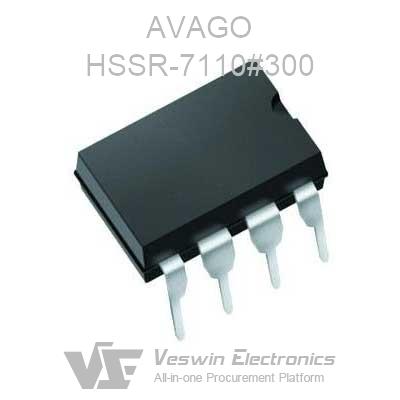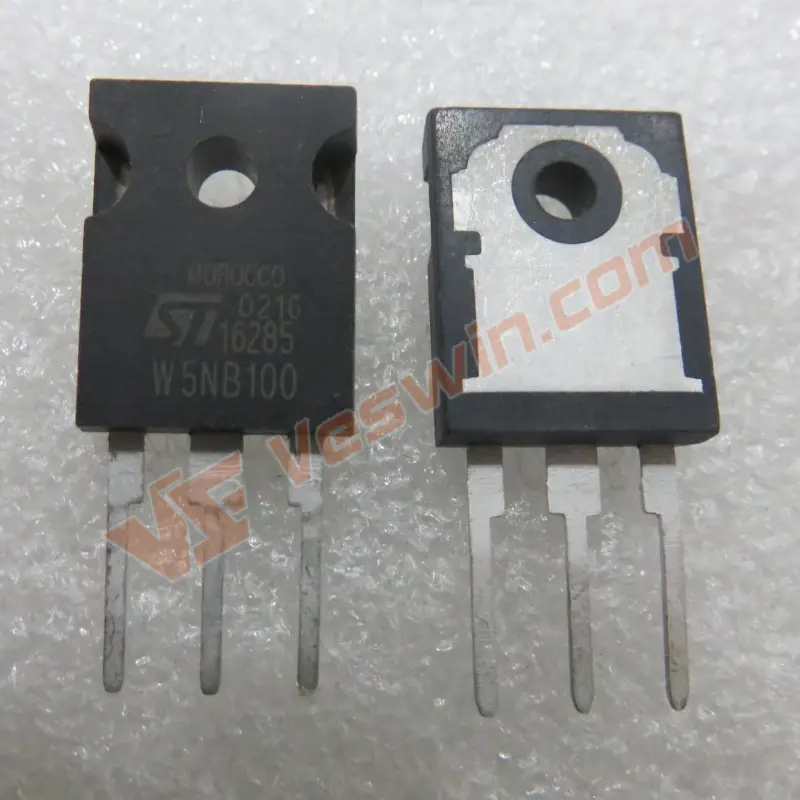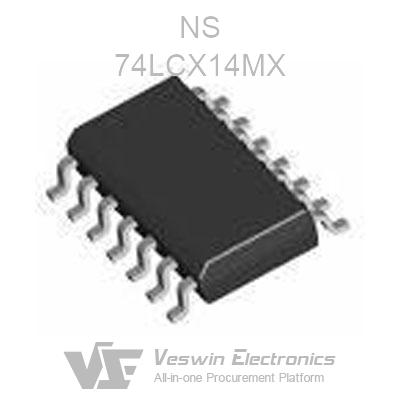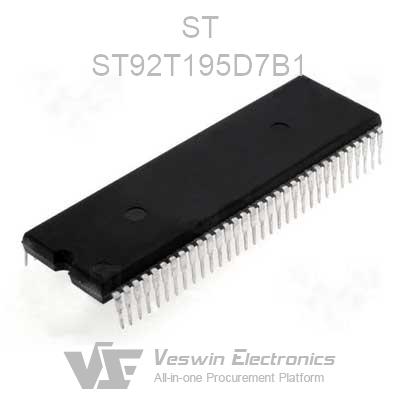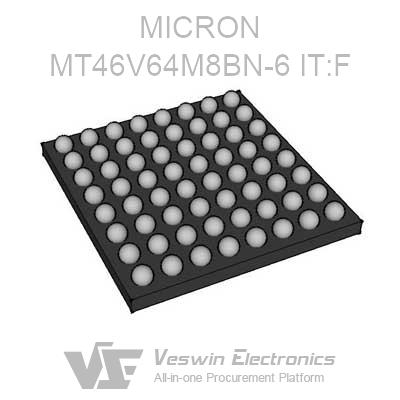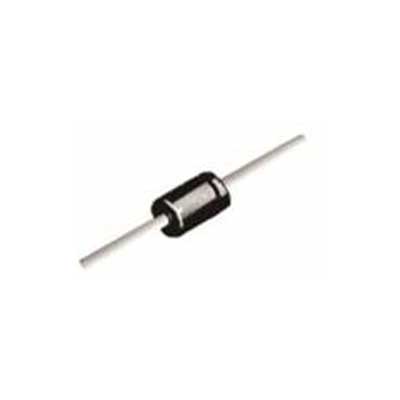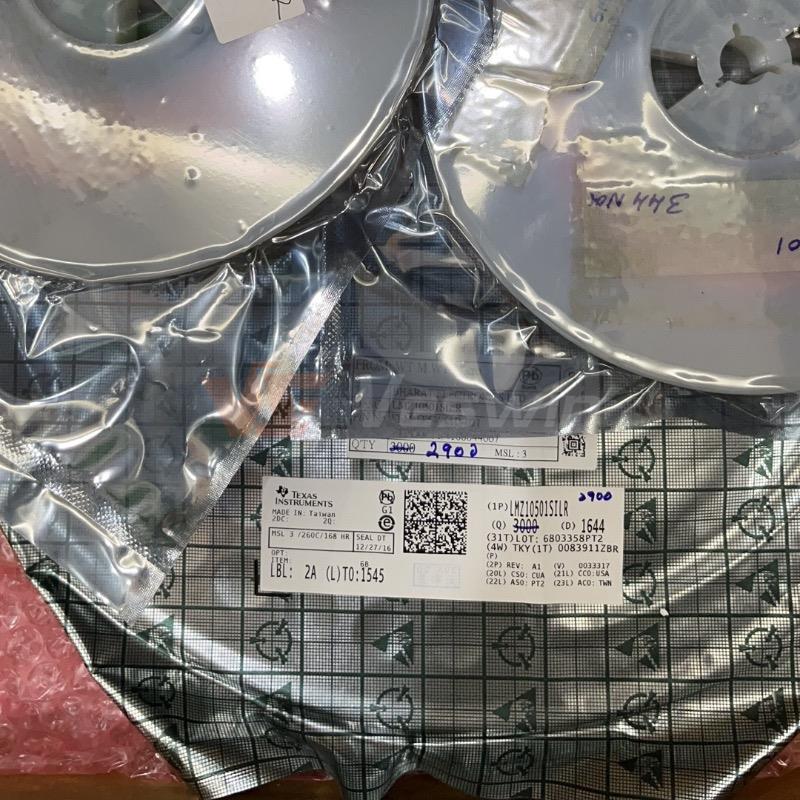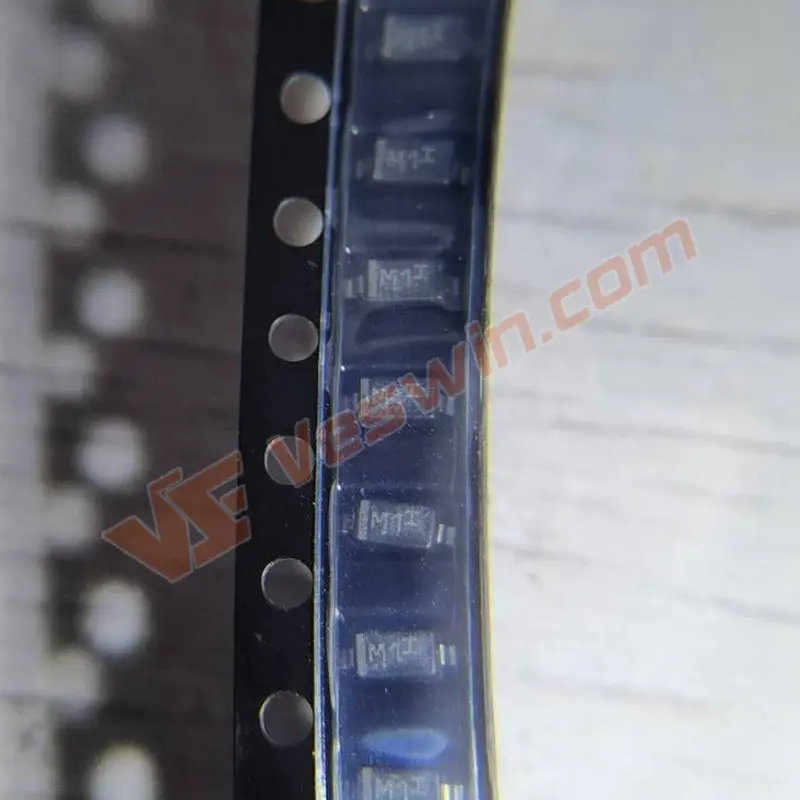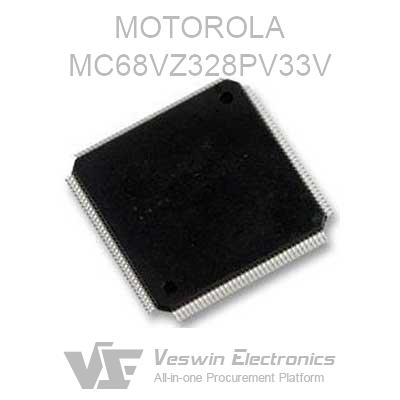This comprehensive article provides an in-depth overview of the 2N4401 transistor, covering its specifications, applications, usage, alternatives, and differences with other commonly used transistors like the 2N2222 and 2N3904. Additionally, it explores the manufacturer, ON Semiconductor, a leading provider of semiconductor solutions renowned for its commitment to innovation, quality, and sustainability.
The 2N4401 is a widely used NPN transistor available in the TO-92 (TO-226) package, primarily designed for applications requiring medium power amplification and switching with collector currents up to 600 mA. Its PNP complementary counterpart is the 2N4403.
With a gain value (hfe) of 500, the transistor offers significant amplification capacity. When fully biased, it allows a maximum collector current of 800 mA to flow across the collector and emitter, operating in the saturation region where the typical voltage across the collector-emitter (VCE) or base-emitter (VBE) junctions ranges from 200 to 900 mV.
In the absence of base current, the transistor is fully off, characterized by the cut-off region where the base-emitter voltage typically measures around 660 mV. To bias the transistor, a current (IB) of up to 5 mA is supplied to the base pin. This transistor's capability makes it suitable for a variety of electronic applications, offering reliable performance and versatility in amplification and switching tasks.
The 2N4401 transistor is an NPN (Negative-Positive-Negative) bipolar junction transistor (BJT). In an NPN transistor, current flows from the emitter (N-type) to the collector (N-type) when a positive voltage is applied to the base (P-type).
2N4401 Pinout
Pin Configuration
Pin Number | Pin Name | Description |
1 | Emitter | Serves as the outlet for current, typically linked to ground for current drainage. |
2 | Base | Regulates transistor biasing, enabling the transistor to be activated or deactivated. |
3 | Collector | Functions as the inlet for current, usually connected to the load for current intake. |
2N4401 Marking Diagram
Transistor Type: NPN
Package Type: TO-226 (TO-92)
Max Collector Current: 600 mA
Max Collector-Emitter Voltage: 40 V
Max Collector-Base Voltage: 60 V
Max Emitter-Base Voltage: 6 V
Power Dissipation: 625 mW
Transition Frequency: 250 MHz
DC Current Gain (hFE): 20 - 300
Storage & Operating Temperature: -55 to +150°C
Material of Transistor: Silicon
Maximum Collector Power Dissipation (Pc): 0.31 W
Collector Capacitance (Cc): 7 pF
Forward Current Transfer Ratio (hFE), MIN: 100
The 2N4401 transistor, housed in the common TO-92 (TO-226) package, serves a variety of purposes in electronic circuits. While similar to the widely used NPN transistor 2N2222, it distinguishes itself with specific features. With a collector current capability of up to 500mA and a power dissipation of 652mW, the 2N4401 is adept at handling medium loads compared to the 2N2222, while still surpassing the load-driving capacity of the BC547 transistor.
Primarily, the 2N4401 finds application in driving loads within electronic circuits, such as high-power relays, LEDs, and transistors, that operate under 600mA. Additionally, it proves valuable in audio preamplifier circuits and amplifier stages, where it contributes to signal amplification and conditioning. Moreover, the transistor is effective at enhancing the output of small audio amplifiers to drive speakers ranging from 200mW to 2W. Furthermore, it can be utilized in the construction of Darlington pairs, enhancing its versatility in various electronic configurations.
In summary, the 2N4401 transistor is well-suited for applications requiring load switching or moderate amplification, making it a valuable component in a diverse range of electronic projects.
Sensor circuits: The 2N4401 transistor is commonly used in sensor circuits to amplify weak signals from sensors such as temperature, light, or pressure sensors, enabling accurate detection and measurement.
Audio preamplifiers: In audio systems, the 2N4401 transistor acts as a preamplifier, amplifying low-level audio signals from sources such as microphones or musical instruments before they are further amplified by power amplifiers.
Audio amplifier stages: It also serves in audio amplifier stages where it amplifies the audio signal to a level suitable for driving speakers or other output devices, contributing to the overall sound amplification process.
Switching loads under 500mA: The transistor is capable of efficiently switching moderate loads, making it suitable for various electronic devices and circuits that require switching functions, such as relays, LEDs, or small motors.
Speed control of motors: By controlling the voltage or current to the motor, the 2N4401 transistor can regulate the speed of DC motors, providing precise control over their rotational speed in applications like robotics or industrial automation.
Darlington pair configurations: It is often used in Darlington pair configurations, which consist of two transistors connected in such a way that they offer very high current gain, enabling efficient amplification of weak signals or high-power switching applications.
RF circuits under 250MHz: Due to its capability to operate at radio frequencies, the 2N4401 transistor is employed in RF circuits operating within the frequency range of 250MHz or below, including applications like RF amplifiers, oscillators, and signal modulation.
Inverter and rectifier circuits: In inverter circuits, it is used to convert DC power to AC power, commonly found in applications like uninterruptible power supplies (UPS) or solar power systems. In rectifier circuits, it converts AC power to DC power, essential for various electronic devices and power supplies.
To utilize the 2N4401 transistor effectively, it can be employed either as a switch or an amplifier in electronic circuits. Applying a Base-Emitter voltage of 6V across the base and emitter terminals induces a base current into the transistor, thereby forward biasing it and closing the connection between the collector and emitter. It's crucial to incorporate a Base resistor, also known as a current limiting resistor, to regulate the current flow through the transistor and prevent damage.
The value of the Base resistor (RB) can be determined using the formula:
RB = VBE / IB
For instance, in a simplified circuit where a 5V base voltage and a 1K resistor are utilized, modifications may be necessary in an actual circuit setup. It's important to note that the circuit shown here illustrates a transistor acting as a switch, where a motor drawing approximately 500mA from a 12V power source is controlled. Given the 2N4401's collector current rating of up to 500mA, this configuration is feasible. However, if a BC547 transistor were used instead, the transistor could potentially be damaged under similar conditions.
Here are details,
Saturated Turn-On Switching Timer
Saturated Turn-Off Switching Time
TO-92 (TO-226)
2N2222, 2N3904, or BC547
2N3904, 2N2222, BC547, P2N2222A, ECG123AP, BC537, BC538, BC549, BC636, BC639, 2N2369, 2N3055, 2N3906, 2SC5200, 2N551
The 2N4401 and 2N2222 NPN transistors are closely related components commonly utilized in electronic circuits. However, there exist two significant disparities between them. Notably, the 2N4401 exhibits a collector current limit of 500mA and a power dissipation of 652mW, rendering it suitable for medium loads when compared to the 2N2222. Moreover, the 2N4401 is capable of driving loads greater than the BC547 transistor.
In summary, the 2N4401 is ideal for applications requiring NPN transistors to switch loads or provide adequate amplification, owing to its robust performance characteristics and compatibility with medium-sized loads.
The 2N4401 is an NPN transistor, wherein the collector and emitter are open (reverse biased) when the base pin is grounded and closed (forward-biased) when a signal is applied to the base pin. With a gain value (hfe) of 500, the 2N4401 demonstrates significant amplification capability. However, its maximum collector current of 800mA necessitates caution when connecting loads, limiting them to 500mA to ensure optimal performance. Biasing the transistor requires current to be supplied to the base pin, with the recommended maximum current (IB) limited to 5mA.
In contrast, the 2N2222 serves as a typical NPN bipolar junction transistor (BJT) employed primarily in low-power amplifying or switching applications. Designed for low to medium current, low power, medium voltage, and relatively fast operation, it was initially housed in the TO-18 metal package as depicted.
The 2N3904 and 2N4401 transistors are both widely used NPN transistor models, each with its own distinct characteristics and applications. While they share similarities, such as their NPN configuration, they also have key differences that set them apart.
The 2N3904 is a commonly utilized NPN transistor known for its versatility and reliability. With a maximum collector current of 200 mA and frequencies up to 100 MHz when used as an amplifier, it is suitable for various electronic applications within its electrical characteristics. The 2N3904 can be employed in switching applications requiring currents under 200 mA, making it suitable for driving loads such as relays, LEDs, or other components in electronic circuits. Additionally, it finds application in audio amplification stages, preamplifiers, and RF amplification stages when used as an amplifier.
In contrast, the 2N4401 is designed for use as a medium-power amplifier and switch with a higher collector current limit of up to 500 mA. This higher current rating makes it suitable for handling modest loads compared to the 2N3904. Additionally, the 2N4401 can drive loads greater than the BC547 transistor. Therefore, if a project requires an NPN transistor capable of switching loads or providing adequate amplification with a higher current rating, the 2N4401 may be the preferred choice.
In summary, while the 2N3904 and 2N4401 share similarities in their NPN transistor configuration, their differences in current rating and power dissipation make them better suited for specific applications. The 2N3904 is ideal for low to moderate current applications, while the 2N4401 is better suited for applications requiring higher current handling capabilities.
ON Semiconductor is a leading provider of semiconductor solutions, offering a comprehensive portfolio of energy-efficient power management, analog, sensors, logic, timing, connectivity, discrete, SoC, and custom devices. They serve a wide range of industries including automotive, communications, computing, consumer, industrial, medical, and aerospace/defense. ON Semiconductor focuses on delivering innovative and sustainable semiconductor solutions to help their customers address their unique design challenges and drive advancements in technology. With a commitment to quality, reliability, and environmental sustainability, ON Semiconductor strives to enable smarter, more efficient, and greener electronic systems for a better future.
Download 2N4401 transistor datasheet PDF here>>
In conclusion, the 2N4401 transistor stands as a versatile component widely used in electronic circuits for medium-power amplification and switching applications. With its robust specifications, including a maximum collector current of 600 mA and a gain value of 500, the 2N4401 offers reliable performance across various industries and applications. Furthermore, ON Semiconductor's dedication to delivering innovative semiconductor solutions underscores the importance of sustainable technological advancements in shaping a brighter future.
Is the 2N4401 transistor suitable for high-frequency applications?
While the 2N4401 transistor can be used in moderate-frequency applications, it is not specifically designed for high-frequency operation. For high-frequency applications, specialized transistors with higher frequency response may be more appropriate.
Can the 2N4401 transistor be used in switching applications?
Yes, the 2N4401 transistor can be used in switching applications, particularly in low-power switching circuits where its moderate current and voltage ratings are sufficient.
What are the complementary transistors to the 2N4401?
The complementary PNP transistor to the 2N4401 is typically the 2N4403. Together, these transistors can be used in complementary push-pull amplifier configurations.
What are the typical applications of the 2N4401 transistor?
The 2N4401 transistor is commonly used in low-power amplification circuits, such as audio amplifiers, signal amplifiers, and oscillator circuits. It is also used in switching applications, such as relay drivers and LED drivers.
Hot News
